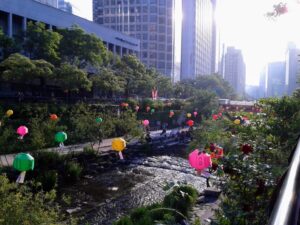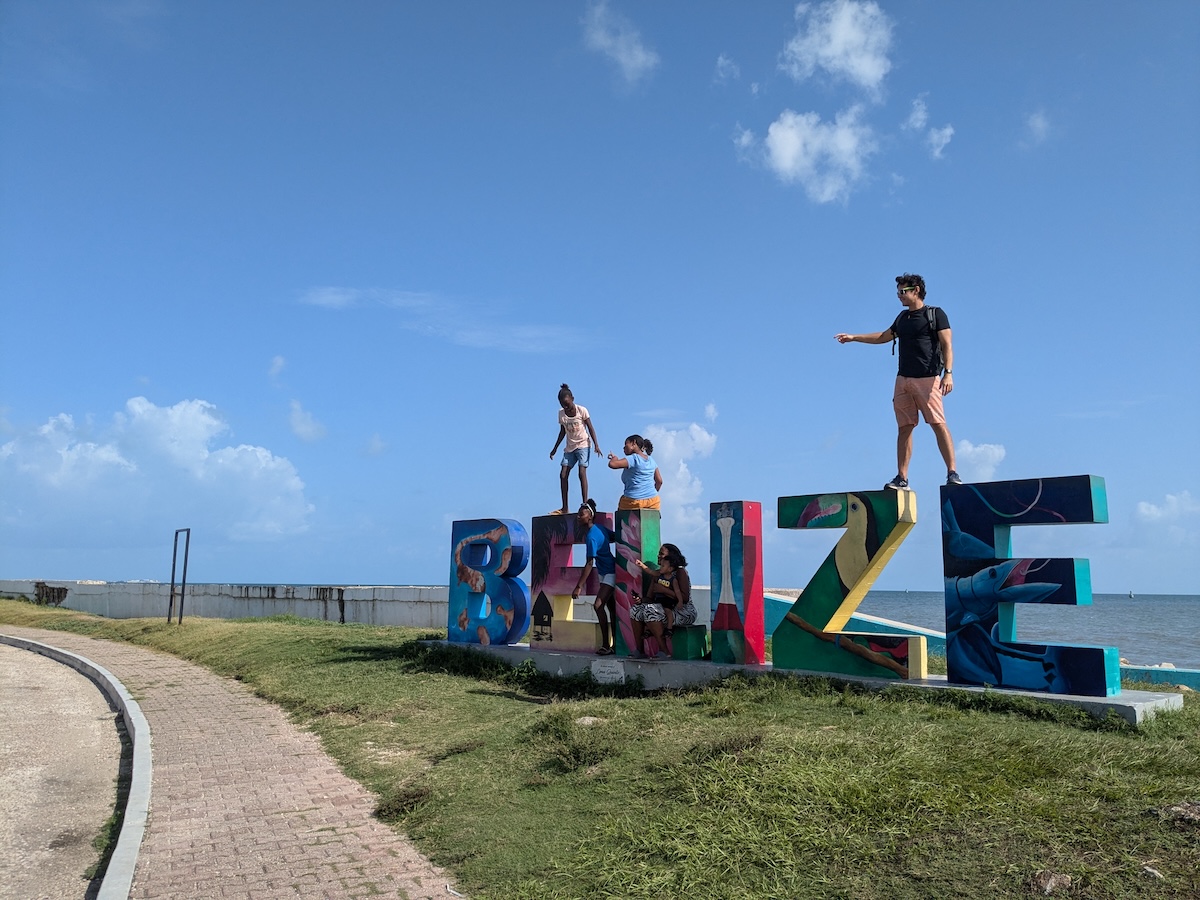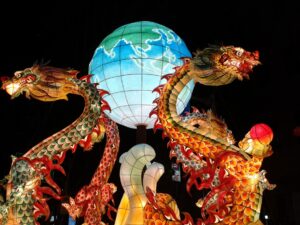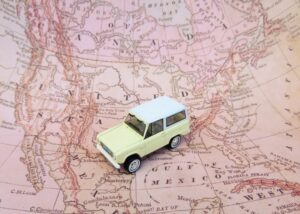Travel is more than just ticking destinations off a list; it’s an enriching experience that broadens the mind. This guide to slow travel will help you to fully immerse yourself in local cultures and build memories to last a lifetime.

What is Slow Travel?
Slow travel is an approach to travel that emphasizes connection, relaxation, and immersion in local culture. Instead of rushing through multiple cities or countries in a short period, slow travel encourages taking your time to explore each destination thoroughly.
This movement emerged as a reaction to fast-paced, checklist-oriented tourism. Slow travelers aim to form a deeper connection with the places they visit by spending more time there, learning the language, sampling local cuisines, and engaging with the local community.
Benefits of Slow Travel
Enhanced Cultural Immersion
Rushing from one tourist spot to another often leaves little time for meaningful engagement with the local culture. Slow travel lets you delve deeper, providing more opportunities to learn the local language, understand customs, participate in traditional activities, and taste authentic cuisine.
Reduced Travel Stress
Trying to cram too many activities into a limited time frame can lead to stress and fatigue. Slow travel promotes a relaxed pace, allowing time for unexpected detours, rest, and reflection.
Sustainability
By staying longer in one place and using local services, slow travel can reduce the environmental impact of your journey. You might choose to take a train or bus rather than flying, or stay in locally-owned accommodation, which can also support the local economy.
How to Embrace Slow Travel
Prioritize Quality Over Quantity
Instead of focusing on visiting as many places as possible, choose one or two destinations and explore them in depth. Look beyond the typical tourist sites and seek out experiences that align with your interests. You might want to take cooking classes, learn a local craft, or volunteer with a community project.
Plan for Flexibility
Instead of creating a rigid itinerary, allow for spontaneity. Leave room in your schedule for relaxation, exploring side streets, lingering in cafes, or chatting with locals. Let your curiosity guide you.
Connect with Locals
Engaging with locals is a key part of slow travel. Use social media, community boards, or local tourism offices to find opportunities to meet people. You might join a local group activity, visit a farmer’s market, or simply strike up a conversation in a park.
Experiencing Slow Travel
Accommodation Choices
Staying in one place for an extended period allows you to select accommodation that further enhances your immersion. Options like vacation rentals, homestays, or locally-owned bed and breakfasts not only provide a unique perspective on local life but also contribute to the local economy.
Eating and Drinking
Enjoying local food is an integral part of cultural immersion. Shop at local markets, take cooking classes, or dine at neighborhood restaurants to taste the local cuisine.
Language Learning
Even learning a few phrases in the local language can enhance your travel experience. It not only helps you to communicate but also shows respect for the local culture. Use language learning apps or take a local language course.
Local Experiences
Seek out experiences that are unique to the place you’re visiting. Attend local festivals, visit artisan workshops, or explore national parks. These experiences will give you a deeper understanding of the local culture and natural environment.
Attire and Essential Accessories for Slow Travel
When practicing slow travel, it’s important to pack appropriately to enhance your overall experience. Your clothing and accessories should not only be comfortable and versatile but also respectful of local customs and traditions.
Dress for Comfort
Given the extended nature of slow travel, you’ll likely be spending significant time in the same outfits. Prioritize clothing that is easy to wear for long periods, easily washable, and suitable for multiple occasions. Consider materials like merino wool which are breathable, temperature regulating, and naturally antimicrobial. Loose, lightweight clothing is also a great option for hot climates, while layers work well for cooler ones.
Adapt to Local Norms
When deciding what to wear, do a bit of research about the local culture and customs. In some places, certain dress codes may need to be observed, particularly when visiting religious sites. For example, in many Asian and Middle Eastern countries, it is respectful for women to cover their shoulders and knees when in public.
Essential Accessories
Several accessories can significantly improve your slow travel experience. One such accessory is your perfect pair of glasses. Picking out the right eyeglasses is crucial for those with vision needs. The glasses should fit comfortably, not be prone to slipping off, and should be able to withstand the rigors of travel.
Losing your glasses during a trip can be more than just an inconvenience; it could drastically affect your travel experience. Therefore, investing time and effort into finding the perfect pair that combines reliability, comfort, and functionality is essential.
Depending on your destination, other essential accessories might include a sunhat, sunscreen, insect repellent, and a reusable shopping bag for local market visits. A compact umbrella or lightweight rain jacket can be very useful in regions with unpredictable weather.
Remember, the goal of slow travel is to immerse yourself in a different culture and lifestyle, so be prepared, be respectful, and above all, be open to new experiences. Carry only what you need and ensure that your clothing and accessories enhance, not hinder, your travel experience.
Embracing the Slow Travel Mindset
Slow travel is more than a method; it’s a mindset. It’s about being present, patient, and open to new experiences. It encourages curiosity and respect for different cultures. By slowing down, you have the opportunity to appreciate the nuances and beauty of different ways of life.
Remember, the goal of slow travel is not to see all the sights but to absorb the rhythm, character, and spirit of a place. It’s about creating lasting memories through meaningful experiences and connections. By embracing slow travel, you can transform your travels from a fleeting tour into a profound journey of discovery.







One Response